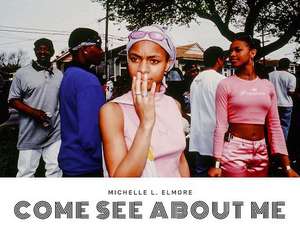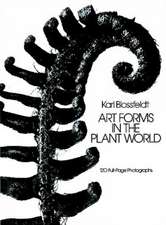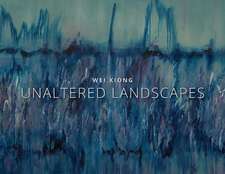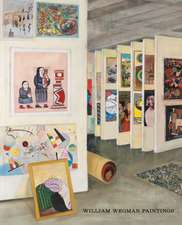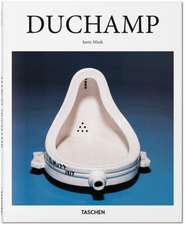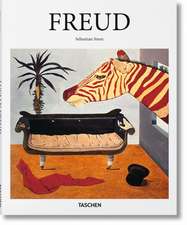Michelle L. Elmore
Autor Elmore, Michelle L.en Limba Engleză Paperback
New Orleans is so rich in culture. It's a necessity and important to document the inhabitants of New Orleans no matter how many people documented it before. The people in the monograph “Come See About Me” became my family. I knew everybody, and I did meaningful portraits for people on the street. They expected me to do their portrait, and they would come on Sundays with the family dressed nice, and I would do an on-the-spot family portrait in a huge crowd situation. They loved the process and would pay me five dollars the following week for the portrait. I made enough money on Sundays to support myself… and it gave me street credibility because no one else was bringing the pictures back to the people. They were taking (stealing) their pictures and never returning. The New Orleans people really loved my images and appreciated them. They hung them on their walls at home in recognition and celebration. They would always say: ‘Don’t Forget to Come See About Me.’
| Toate formatele și edițiile | Preț | Express |
|---|---|---|
| Paperback (3) | 347.34 lei 3-5 săpt. | |
| – | 347.34 lei 3-5 săpt. | |
| – | 349.52 lei 3-5 săpt. | |
| – | 359.40 lei 3-5 săpt. |
Preț: 347.34 lei
Nou
66.46€ • 69.39$ • 55.01£
Carte disponibilă
Livrare economică 15-29 martie
Specificații
ISBN-10: 0998748420
Greutate: 0.79 kg
Notă biografică
Michelle L. Elmore arrived in New Orleans in 1989, immediately after suffering a personal loss. A decade later, she was living in the city with her young son Jack Marley, their lives centered around the people, places, sounds, sights, rituals and rhythms captured in her Trilogy of monographs. She left New Orleans in 2005, after the aftermath of Hurricane Katrina resulted in flooding because of the levee breach. She had $69 in the bank and had lost many of her personal possessions. But she was fortunate because two weeks earlier she thought to pack up and move her negatives. Her search through those 12 salvaged boxes yields these images. They document the friendships that, for Elmore, transformed alienation into a sense of community, family. They suggest joy and pain in elegant balance and they pay tribute to the city that turned Elmore in the artist she sought to be, and that lent her art meaning.
